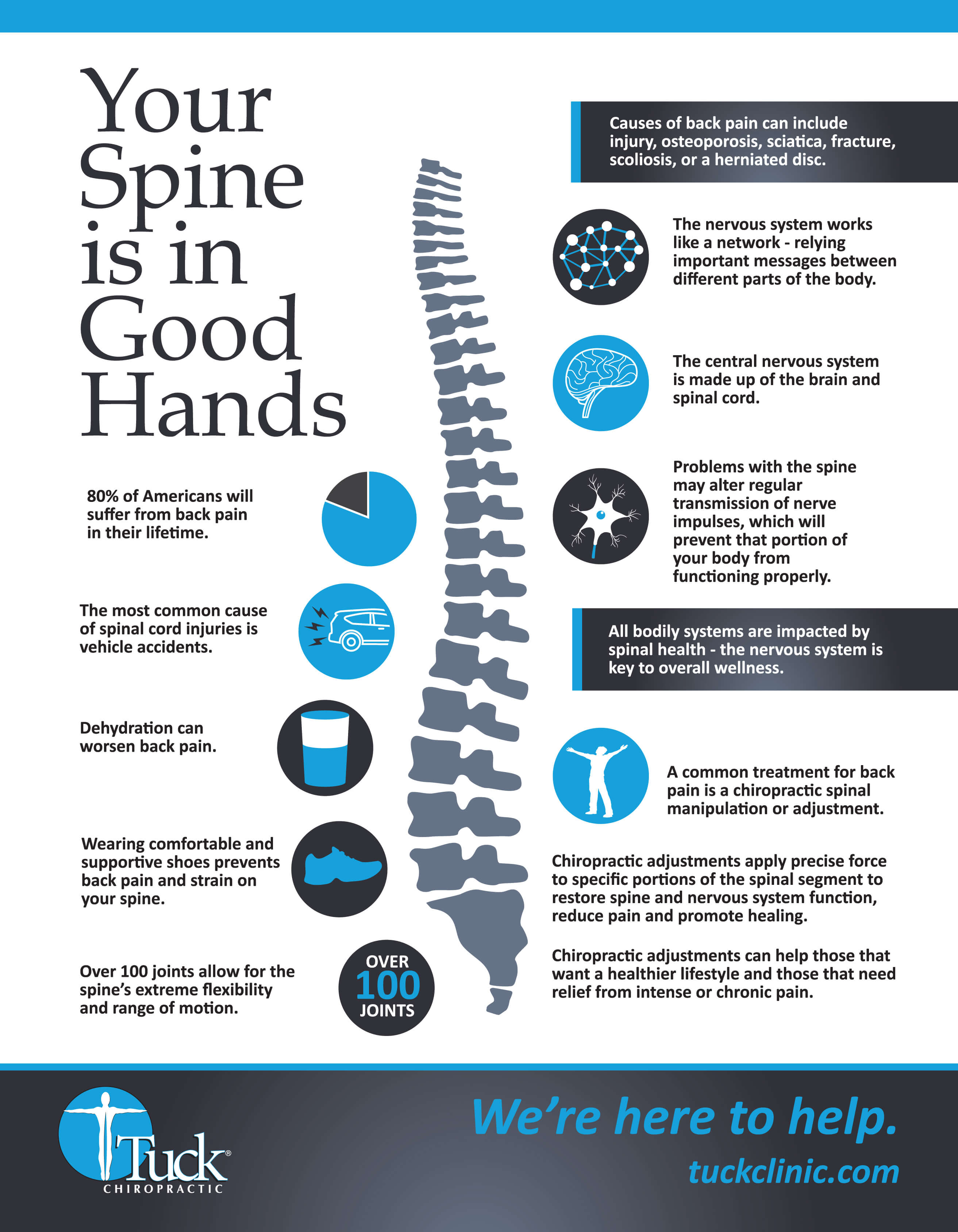Daily Practices That Lead To Pain In The Back And Strategies For Prevention
Daily Practices That Lead To Pain In The Back And Strategies For Prevention
Blog Article
Web Content Composed By-Vega Dempsey
Preserving proper position and preventing common challenges in daily tasks can substantially impact your back health. From exactly how you rest at your workdesk to just how you lift hefty things, little modifications can make a large distinction. Envision a day without the nagging back pain that hinders your every step; the option might be less complex than you believe. By making a few tweaks to your everyday routines, you could be on your way to a pain-free presence.
Poor Pose and Sedentary Way Of Life
Poor pose and an inactive way of life are two significant factors to back pain. When you slouch or inkling over while resting or standing, you placed unnecessary stress on your back muscle mass and spinal column. This can bring about muscle mass discrepancies, tension, and at some point, chronic neck and back pain. Additionally, sitting for extended periods without breaks or physical activity can deteriorate your back muscular tissues and bring about tightness and discomfort.
To fight poor pose, make an aware initiative to sit and stand up directly with your shoulders back and straightened with your ears. Keep in mind to keep your feet flat on the ground and avoid crossing your legs for extended periods.
Including regular stretching and reinforcing exercises right into your daily routine can likewise aid improve your stance and ease neck and back pain connected with an inactive way of life.
Incorrect Training Techniques
Incorrect lifting techniques can significantly contribute to neck and back pain and injuries. When you lift heavy things, remember to flex your knees and utilize your legs to lift, instead of counting on your back muscles. Prevent twisting your body while training and keep the things close to your body to reduce strain on your back. It's critical to maintain a straight back and prevent rounding your shoulders while raising to stop unneeded stress on your spine.
Constantly assess the weight of the things before lifting it. If it's also hefty, request assistance or usage tools like a dolly or cart to move it securely.
Bear in mind to take breaks throughout raising jobs to provide your back muscular tissues an opportunity to rest and protect against overexertion. By applying proper lifting techniques, you can stop back pain and minimize the danger of injuries, ensuring your back stays healthy and balanced and strong for the long term.
Absence of Normal Workout and Extending
An inactive lifestyle without routine workout and extending can significantly add to back pain and discomfort. When you do not engage in physical activity, your muscular tissues become weak and inflexible, causing poor position and boosted stress on your back. Regular exercise aids reinforce the muscular tissues that support your spine, boosting stability and decreasing the risk of pain in the back. Integrating stretching into your routine can also boost flexibility, stopping tightness and pain in your back muscles.
To prevent pain in the back triggered by an absence of exercise and stretching, aim for a minimum of 30 minutes of moderate physical activity most days of the week. Include exercises that target your core muscles, as a strong core can assist ease pressure on your back.
In addition, take breaks to stretch and move throughout the day, particularly if you have a desk work. have a peek here like touching your toes or doing shoulder rolls can assist soothe stress and avoid back pain. Prioritizing normal workout and extending can go a long way in maintaining a healthy and balanced back and reducing pain.
Conclusion
So, bear in mind to stay up directly, lift with your legs, and stay energetic to avoid neck and back pain. By making straightforward modifications to your daily behaviors, you can avoid the discomfort and constraints that include pain in the back. Take care of your spine and muscle mass by exercising good stance, appropriate lifting strategies, and routine workout. Your back will certainly thank you for it!
